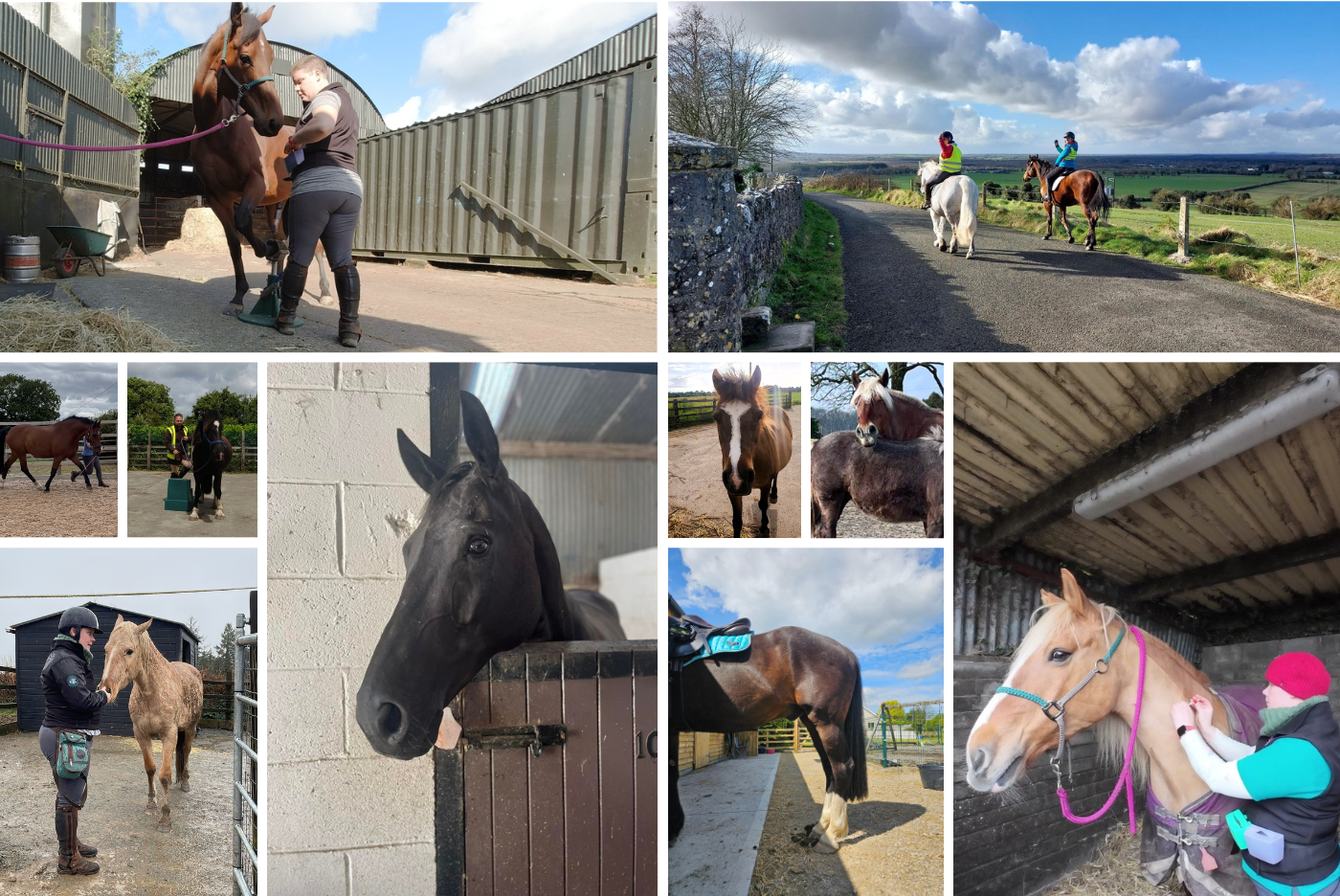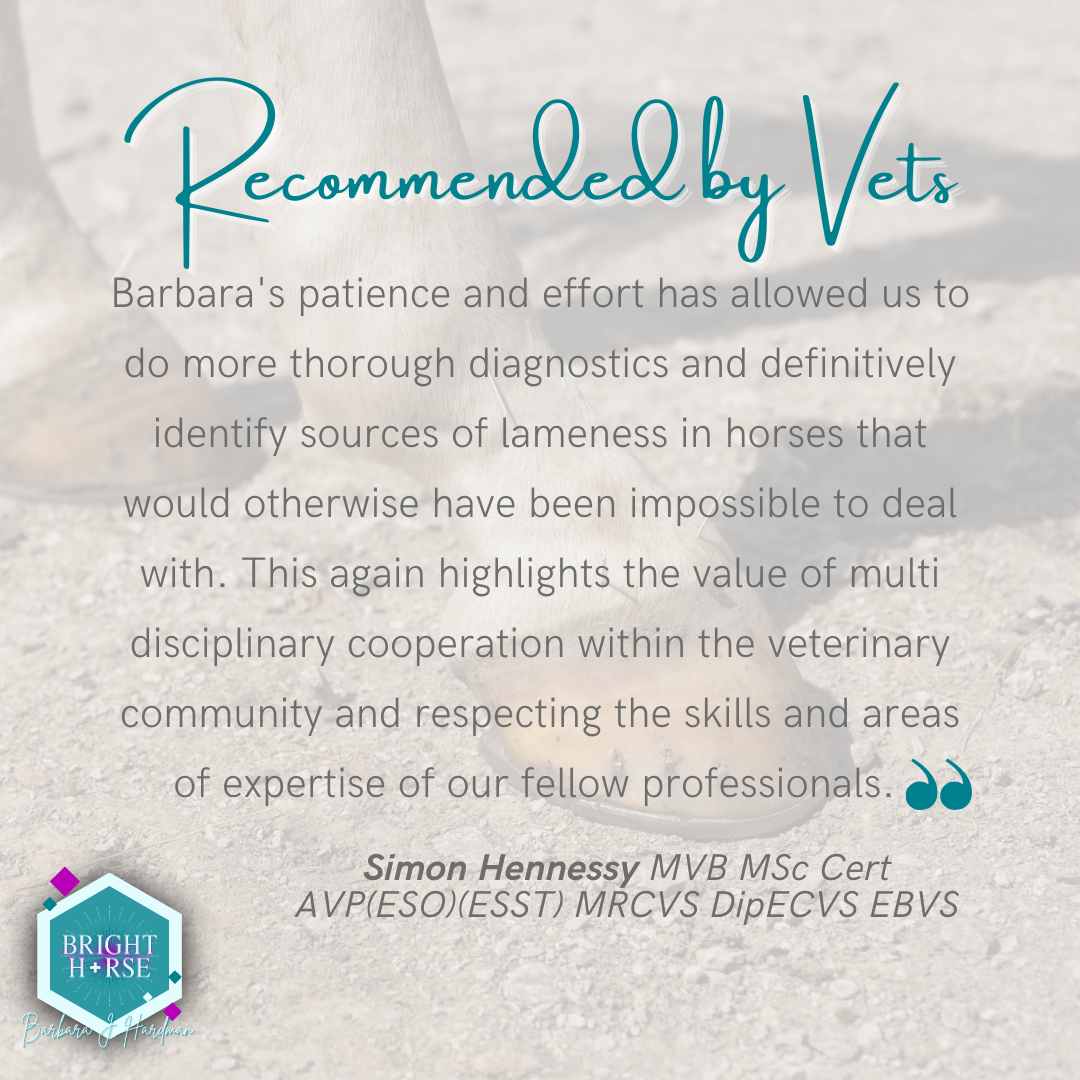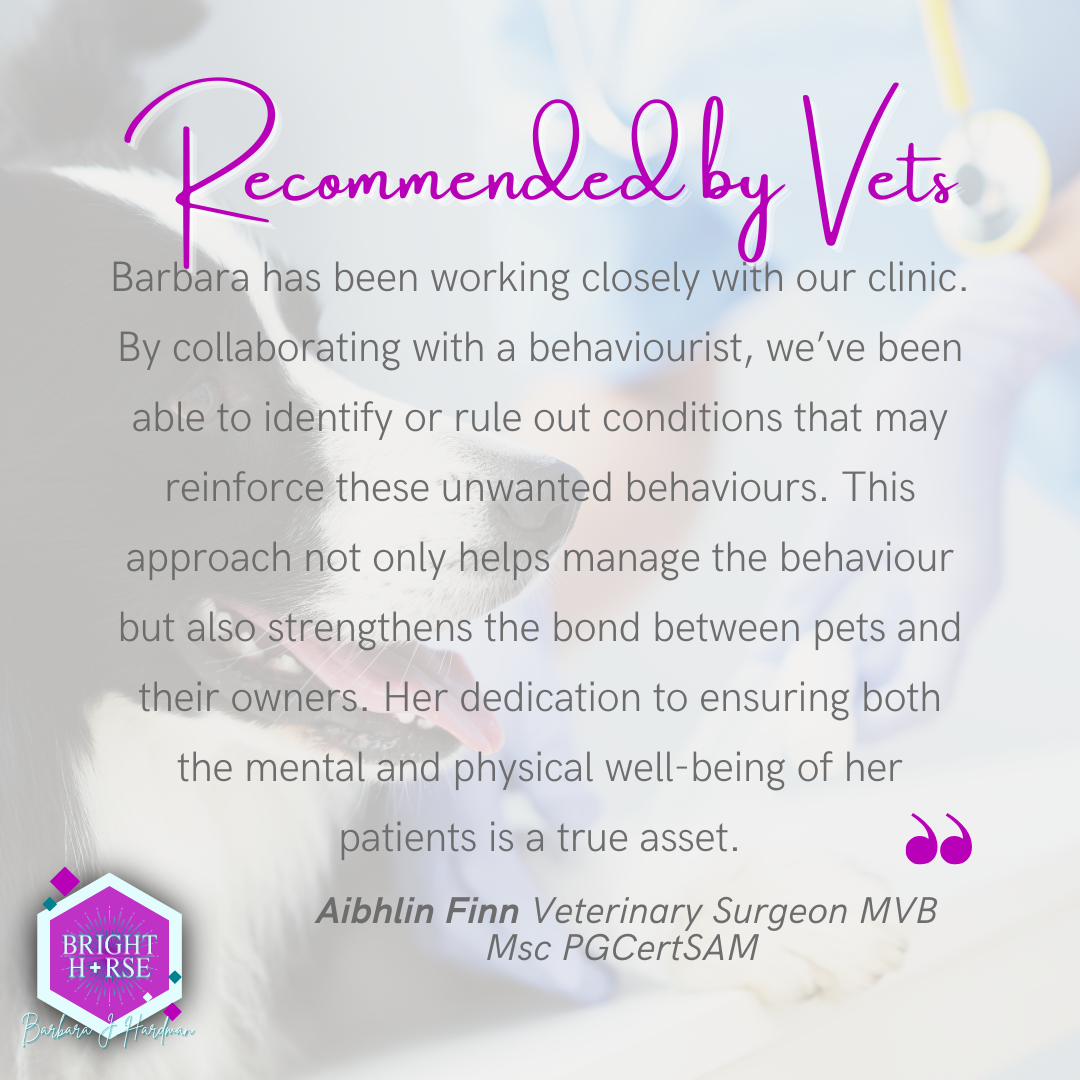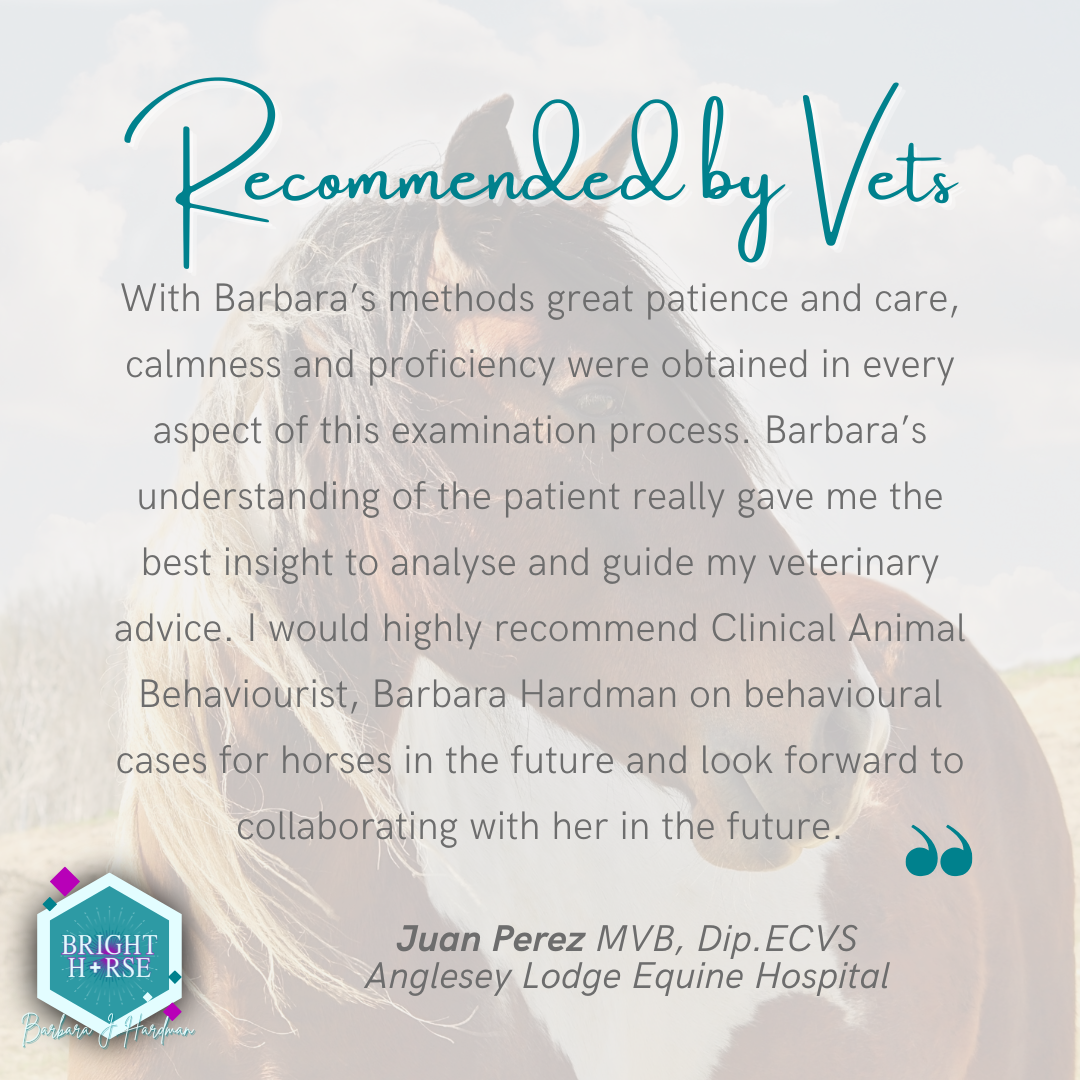Hoof Care, Boot Fitting & Trimming: Equine Podiatry
Fear of the Farrier or Going Barefoot? Let’s Get Hoof Health Back on Track
Does your horse struggle with farrier visits, become anxious or fearful during hoof handling, or show signs of discomfort with shoeing? Whether your horse has developed negative associations with shoeing or you’re transitioning them to barefoot, supporting their hoof health and comfort is crucial for long-term soundness and performance.
This 12-week program is designed to help horses overcome farrier fear while keeping them balanced and comfortable, or for those looking to make a safe, successful transition to barefoot with trimming and boot fitting.
Your horse’s hooves are the foundation of their health let’s get them back on track, without the stress.
This is where I come in. 👋
My Solution: A Structured, Supportive Approach to Hoof Care
Whether your horse is nervous about farrier visits or you’re ready to go barefoot, this service provides everything you need to support your horse’s hoof health. For horses with farrier-related behavioural issues, we focus on breaking the cycle of fear and negative associations, allowing your horse to feel more comfortable and relaxed during handling. During this 12-week process, I’ll also provide hoof trims to keep your horse balanced while they build trust.
If you’re transitioning to barefoot, I’ll work closely with you to provide correct trims and fit your horse with boots, ensuring they stay sound and comfortable throughout the process. Along the way, I’ll conduct movement analyses to track your horse’s progress and make any necessary adjustments.


Is This the Right Fit for You?
This service is Perfect For You If…
- Your horse struggles with farrier visits or becomes anxious during hoof handling.
- You want to transition your horse to barefoot and need proper support and trimming during the process.
- You’re looking for a structured 12-week program that includes behavioural support, hoof trimming, and boot fitting to keep your horse comfortable and healthy.
- You want to improve your horse’s hoof health, balance, and overall movement, while addressing any fear-based behaviours.
7 Things Every Horse Owner Should Know Before Going Barefoot
Thinking about taking your horse barefoot? You’re not alone… For many owners, the idea of removing shoes feels daunting. Will their hooves crack? Will they be sore? Can they still perform? These worries are completely natural — and they can leave you feeling unsure of what’s best for your horse.
The good news? Going barefoot isn’t about doing less for your horse — it’s about giving them the right care, in the right way, with patience and support. With a thoughtful approach, barefoot horses can not only cope, but thrive.
My free guide, “7 Things Every Horse Owner Should Know Before Going Barefoot”, will walk you through the essentials. Inside, you’ll discover compassionate, science-based principles that explain how hooves adapt, what role nutrition and behaviour play, and how to support your horse every step of the journey.
This quick, practical checklist will help you:
- Understand the biggest myths about barefoot care
- Learn how conditioning strengthens hooves over time
- Recognise what your horse’s hooves are really telling you
- See why behaviour, diet, and lifestyle matter as much as trimming
Take the first step toward healthier hooves, better performance, and a more confident partnership with your horse.
👉 Sign up below to get your copy and you’ll also receive a supportive 6-part email series with tips, insights, and encouragement to help you and your horse succeed on the barefoot journey.
What’s Included In This service?
12-Week Hoof Care Program
- Initial Consultation (Week 0): We’ll begin with a thorough movement analysis and hoof assessment, where I’ll evaluate your horse’s current condition and identify any imbalances or issues. Shoes should already be removed by your farrier prior to our first session. If needed, I’ll perform a boot fitting at this stage to ensure your horse is comfortable while transitioning to barefoot.
- Trim and Balance (Week 5-6): After the initial assessment, I’ll trim and balance your horse’s hooves. We’ll continue building on the behavioural support to ensure your horse stays calm and cooperative throughout the process, breaking negative associations with farrier visits.
- Follow-Up Assessment (Week 12): At the 12-week mark, I’ll re-assess your horse’s movement and hoof health, tracking progress and making any necessary adjustments to ensure long-term soundness. We’ll also review the behavioural progress and make sure your horse is ready for farrier visits or continuing barefoot.
- Behavioural Modification: For horses with farrier fear, behavioural modification is included throughout the 12-week program. We’ll work on building your horse’s confidence and reducing anxiety during hoof handling to make farrier visits a stress-free experience.
- Boot Fitting: If your horse is transitioning to barefoot, I offer boot fitting services to ensure their comfort. Boots (typically ranging from €230-310 for endurance boots) will be properly fitted and reviewed during our follow-up sessions.
3 Steps to Healthy Hooves and Happy Horses
1️⃣ Initial Assessment and Planning (Week 0): We’ll begin with a movement analysis and hoof assessment to understand your horse’s hoof health and create a plan tailored to their specific needs, whether it’s behavioural support or transitioning to barefoot.
2️⃣ Trim, Balance, and Build Confidence (Week 5-6): At the halfway point, we’ll trim and balance your horse’s hooves, continuing behavioural support or boot adjustments as needed. Your horse will be calmer, more comfortable, and better balanced as they progress.
3️⃣ Final Assessment and Adjustments (Week 12): We’ll re-assess your horse’s movement, hoof health, and behaviour. This final check ensures that we’re on the right track and allows us to make any final adjustments for long-term success.
Recommended By Vets
“Whilst working with Barbara we worked on a case with a 9-year-old thoroughbred mare who was presented to me with persistent gait irregularities and physical signs that suggested underlying discomfort. Despite Barbara’s successful behavioural modification and farriers hoof rehabilitation, her return to work had revealed recurring postural and movement concerns that merited further veterinary investigation.”
“Barbara attended the appointment at Anglesey Lodge Equine Hospital to support the veterinary team with low-stress handling protocols and assist in interpreting Maple’s behavioural responses throughout the examination. With Barbara’s methods great patience and care, calmness and proficiency were obtained in every aspect of this examination process.”
“Barbara’s understanding of the patient really gave me the best insight to analyse and guide my veterinary advice.”
“I would highly recommend Clinical Animal Behaviourist, Barbara Hardman on behavioural cases for horses in the future and look forward to collaborating with her in the future.”
Juan Francisco Perez Olmos MVB, Dip ECVS, Director at Anglesey Lodge Equine Hospital
“Performing nerve blocks during a lameness assessment on horses with behavioural issues can be a dangerous undertaking leading to injury of the veterinarian or the horse, or both. In most of these cases where needle placement cannot be performed utilisation of advanced imaging techniques such as gamma scintigraphy or bone scans are then required, and in horses with mild chronic lamenesses the sensitivity of such diagnostics is usually reduced. Thus, blocking is best but fighting with a 500kg horse is always going to end with one winner.”
“Barbara’s ability to reduce the behavioural issues of these cases and improve the horse’s acceptance of needle placement for nerve blocks has made the blocking process possible and safer in some of these cases. Her patience and effort has allowed us to do more thorough diagnostics and definitively identify sources of lameness in horses that would otherwise have been impossible to deal with. This again highlights the value of multi disciplinary cooperation within the veterinary community and respecting the skills and areas of expertise of our fellow professionals.”
Simon Hennessy MVB MSc Cert AVP(ESO)(ESST) MRCVS DipECVS EBVS Recognised Specialist in Equine Surgery at Anglesey Lodge Equine Hospital



If you want to Claim on Insurance
As a fully qualified Clinical Animal Behaviourist (CAB) accredited by APBC, many insurance policies will cover my fees. Check your pet insurance policy to see if you can claim back some or all of the costs. (Ireland does not have as comprehensive cover for Equines as the UK; however, this is slowly changing.)
Ready to improve your horse’s hoof health and break the cycle of farrier fear!
Let’s reduce fear and increase hoof health! 👇
How it works:
Fill Out the form below: Reach out and share a bit about you & your horse’s challenges. I’ll call you at a time that suits & We’ll determine if this service is the right fit and set up our first session.
Assessment and Plan: We’ll begin with a movement analysis and hoof assessment, then follow up with regular trims, balancing, and boot fitting as needed. Throughout the program, I’ll provide ongoing behavioural support to ensure your horse feels comfortable and confident during farrier visits or the barefoot transition.
Ongoing Care: Over the 12 weeks, we’ll monitor your horse’s progress and make any necessary adjustments to keep them healthy, balanced, and happy.
